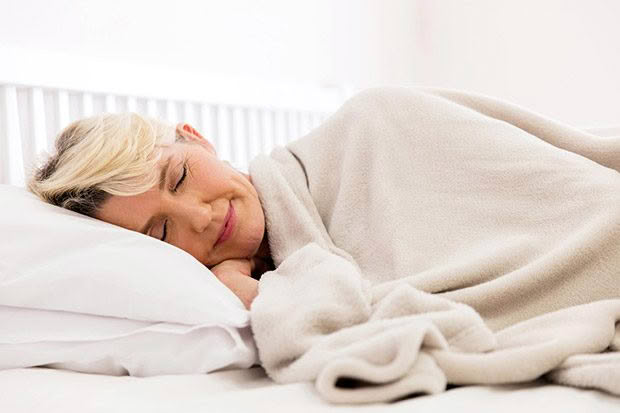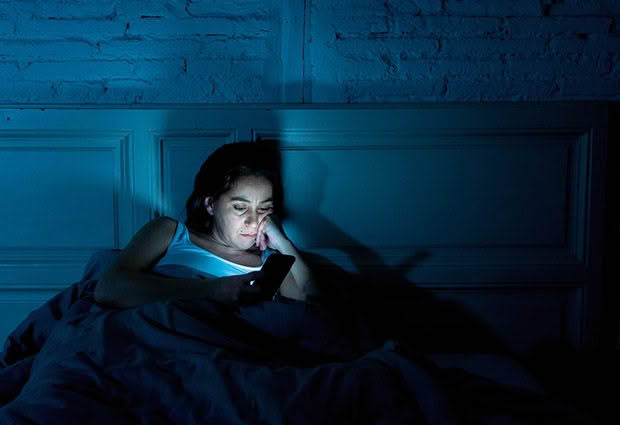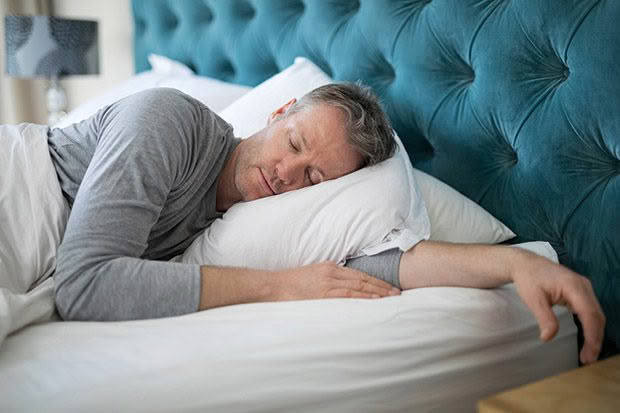The science behind sleep disorders: Experts weigh in on how to beat insomnia for good

Sleep accounts for one-quarter to one-third of the human lifespan. Yet what exactly happens during it is not known, and its biological purpose remains one of life’s great mysteries.
Words: Rosemarie White
Sleep is a complex and dynamic process that affects almost every type of tissue and system in the body, from the brain, heart and lungs to metabolism, immune function, mood and disease resistance. Research shows that a chronic lack of sleep, or having poor-quality sleep, increases the risk of disorders including high blood pressure, cardiovascular disease, diabetes, depression, and obesity. Without sleep, it isn’t possible to form or maintain the pathways in the brain that stimulate learning
and new memories, and that process experiences and fortify memories.
The importance of sleep is underscored by the symptoms. People suffering from sleep disorders do not get adequate or restorative sleep, and sleep deprivation is associated with both physical and emotional disturbances – one of the biggest immediate risks is from poor judgement and reaction times while driving.
Knowing this information is of little help at 2.37am when struggling to get off to the Land of Nod. It’s commonly understood that with good sleep hygiene and a few simple lifestyle changes, a night’s sleep is available to all. But try offering those urban myths to an insomniac and step back quickly – they know the misery of staring at the clock while trying to talk their brain into shutting off for the night.
INSOMNIA
Chronic insomnia is a condition not really caused by coffee and Facebook, although they may aggravate it. In his 2017 book, Why We Sleep, neuroscientist Matthew Walker claims that insomnia, strictly defined, is a clinical disorder most commonly associated with an overactive sympathetic nervous system, and it is generally triggered by worry and anxiety. Walker likens the insomniac’s problem to that of a laptop that won’t stop running, even after its lid is closed.
“Recursive loops of emotional programmes, together with retrospective and prospective memory loops, keep playing in the mind, preventing the brain from shutting down and switching into sleep mode.” The fact that some of the leading indicators for poor sleep and sleep loss are low household income, shift work and food insecurity suggests that the quest for rest is not simple.
SNORING AND SLEEP APNOEA
Other commonly diagnosed sleep disorders are snoring and sleep apnoea. With age, throats narrow and the finger-like tissue in the back of the throat becomes loose. When breathing, the air can’t move freely through the nose and throat into the lungs but instead vibrates the surrounding tissue, producing that unwelcome and annoying noise.
Snoring can also be a sign of obstructive sleep apnoea (OSA), which is dangerous as well as annoying. Some people snore so badly, the relaxed airway partially or entirely sucks shut. Each event of airway collapse is called an apnoea, which means “without breath”. This can happen many times a night; the person continues to sleep, even though they are struggling to breathe until the need to take that next breath overcomes the ability to stay in a deep sleep. They then come out of deep sleep into lighter sleep, which allows the airway to pop back open again but at the cost of disrupted deep sleep. As the sleeper changes from deep sleep to light sleep, the muscle tone comes back, and the airway pops open, often with a loud gasp.

Even before apnoea happens, airway nerves responding to the vibration of the muscles during snoring can send a signal to the brain that the snoring is the beginning of choking. The sleeping brain goes on alert and produces stress hormones that accelerate the heart rate and increase blood pressure.
Here the science becomes curiously precise. Most people snore because they are overweight. Women with a neck size of more than 41 centimetres or men with a neck size greater than 43 centimetres are almost certainly snorers. A Finnish study with overweight or obese patients diagnosed with mild OSA found that a rapid weight loss diet (800 calories a day for up to 12 weeks) cured more than half of them. The greater the weight loss, the more significant the improvement in sleep quality and, for some reason, rapid weight loss seems to be more effective than the usually recommended slow weight loss.
TECHNIQUES FOR BETTER SLEEP
Sleep is a complex and dynamic process. People who are struggling to sleep properly and have tried all the usual sleep-hygiene suggestions without success, should seek help. Fast Asleep, How to Get a Really Good Night’s Rest by Dr Michael Mosley gives a quick tour of the science behind sleep theory then outlines practical ways to achieve this. He believes good sleep habits, proper nutrition and cognitive behaviour therapy will all help but, for stubborn cases of insomnia, the dreaded sleep restriction therapy needs to be implemented. This is involves “rebooting your brain” by limiting the time spent in bed to six or seven hours a night.
Say a person usually spends eight hours in bed, but only six hours asleep, limiting the time in bed to six hours a night for one week should increase their sleep drive. Once effectively sleeping for six hours, gradually increase the time in bed by 20 minutes per week. But – and this is essential – if a person wakes in the night, they should get up and read a dull book until they feel sleepy. The mind needs to associate bed with sleep. This might take four weeks but should see off all but the most intractable insomnia.
New Zealand aviation psychologist Allan Baker’s worrying experience with sleep-deprived pilots also led him to develop techniques to beat insomnia. His book, BLIS for Insomniacs: Breakthrough New Techniques to Beat Insomnia & Turn on Your Sleep Switch, was published earlier this year. Allan believes that the essence of the problem is that the sleep help available until now has focused on approaches that are restricted to just two skill sets and advice – sleep hygiene and cognitive behavioural theory. For the most part, these have been helpful but not sufficient to solve the problem. They form two legs of a metaphorical sleep stool, but the problem is that all three legs are needed to function correctly.
The third leg is the BLIS technique, or bi-lateral inducement of sleep, which Allan has developed and gives instructions for in his book. Originally, sleep and wakefulness were thought to be binary states (either awake or asleep). It’s now clear that the brain runs different patterns of electrical activity – alpha waves (wakeful) and delta waves (sleeping). The BLIS technique suggests ways to suppress alpha waves and encourage delta waves. It requires practise but no hardware, software or chemical assistance.

Sleeping well doesn’t mean that once current sleeping problems are overcome, sleep will always be optimal. Instead, understanding the processes of sleep and mastering them will result in a deep and restful sleep more often. Both of these books give a framework and helpful techniques for tackling sleep difficulties.
The range of functions wakeful brains carry out is vast. Emotions, memories, cognition – everything that defines humans as such – are experienced each day. But while it’s thought that the brain switches off at night, quite the opposite is true. The functions of the nocturnal brain influence every aspect of waking life, too.
Remain unconvinced by the evidence that poor sleep and sleep deprivation have been associated with cardiovascular and metabolic diseases, impaired mental capacity, and poor motor coordination? Perhaps the investigations into the link between poor sleep and Alzheimer’s disease might prompt the sleep-deprived to try these techniques to sleep better and give the body and brain their best chance at staying healthy.
GET SOME SHUT-EYE
Newborns (0 to 3 months): Sleep range is 14 to 17 hours a day
Infants (4 to 11 months): Sleep range is 12 to 15 hours
Toddlers (1 to 2 years): Sleep range is 11 to 14 hours
Preschoolers (3 to 5): Sleep range is 10 to 13 hours
School-age children (6 to 13): Sleep range is 9 to 11 hours
Teenagers (14 to 17): Sleep range is 8 to 10 hours
Younger adults (18 to 25): Sleep range is 7 to 9 hours
Adults (26 to 64): Sleep range is 7 to 9 hours
Older adults (65+): Sleep range is 7 to 8 hours
Love this story? Subscribe now!
 This article first appeared in NZ Life & Leisure Magazine.
This article first appeared in NZ Life & Leisure Magazine.
